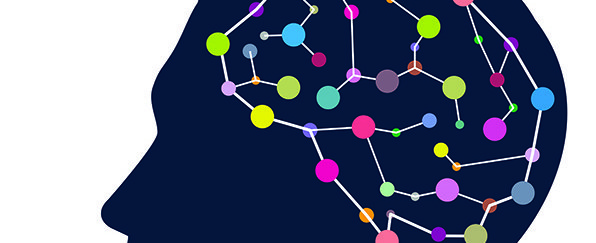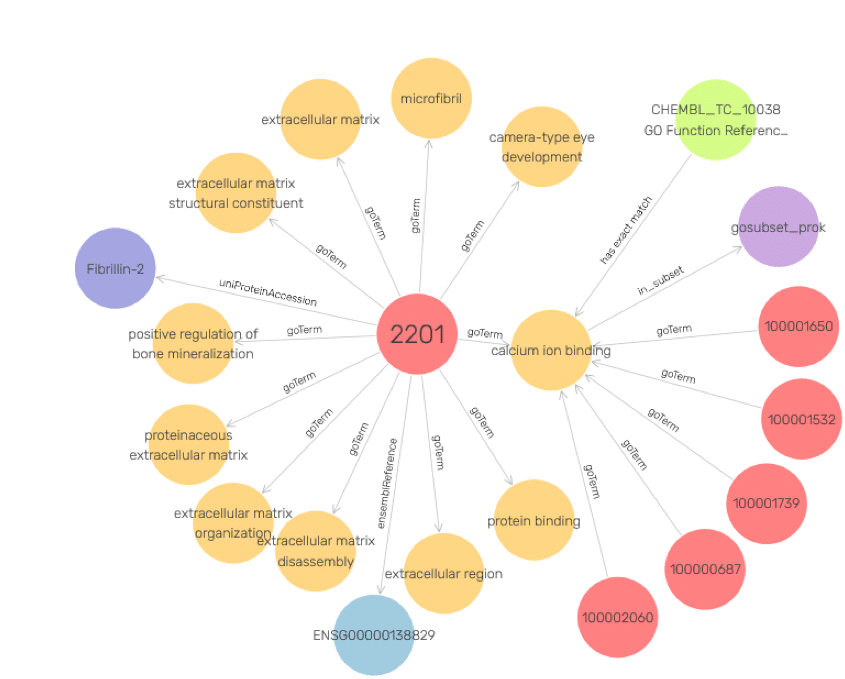
A world of incessant data flows presents business with new challenges. Teodora Petkova, author at Ontotext, shares how knowledge graphs could be an answer
Business is now facing the reality of raw, siloed, mostly unstructured data, circulating across their different systems and on the web. Naturally, seeking to tidy up, manage and orchestrate data flows, various industry sectors are now finding their way to knowledge graphs.
What is a knowledge graph?
The knowledge graph (KG) represents a collection of interlinked descriptions of entities – real-world objects, events, situations or abstract concepts. A short and sweet definition of a knowledge graph has it that ‘knowledge graphs provide the structured data and factual knowledge that drive many products and make them more intelligent and magical. Another, more abstract perspective, unpicks a tangle of terminology and defines knowledge graphs as something ‘semantic, smart and alive. We at Ontotext pick up on both semantics and magic. We conceive of the knowledge graph as a knowledge structure, very much resembling the structures we build in our brains where linking data is the magic that makes things exciting.
Today, knowledge graphs are a key technology to the business of Google, Uber, Airbnb, Bloomberg, NY Times, Microsoft, Facebook, Volvo, and many more. And while these data and knowledge management architectures do come in many different flavours and are built with a variety of underlying technologies, they all have one thing in common: the problem of noisy, incomplete, unstructured data, lacking context.
By offering a solution to this problem, knowledge graphs give businesses a tool for creating and working with high-quality data. Such data in turn underpins accurate, consistent and complete information. What’s more, with enterprise knowledge graphs organisations not only control the flood of data but also enable the creation of value through smart data integration and management.
Three ways knowledge graphs translates data into business value
Most of the companies that build knowledge graphs do it not because building knowledge graphs is their business, but because using the resulting knowledge helps them in their business, as noted in Exploiting Linked Data and Knowledge Graphs in Large Organizations. As data has become the new corporate asset class, enterprises looking to streamline and add value to their data and knowledge management, have to look no further than a knowledge graph to make sense of data from internal and external sources.
Below are three ways high-quality and well-managed data from a knowledge graph proved to be mission critical for adding value for customers, employees. As we saw, knowledge graphs come in different flavours and are built with different approaches. The examples here include the approach that uses semantic modelling.
Data integration for knowledge discovery
Among the key benefits knowledge graphs bring to an enterprise is the ability to integrate diverse data from different open, commercial and public data sources. This is done by creating a network of highly-connected facts about different concepts (eg people, places, products).
A good example of data integration powering knowledge discovery is NuMedii. Looking to integrate biomedical data from public and proprietary datasets as well as from scientific journals, NuMedii built a knowledge graph of more than 7 billion connected concepts from genomics, metabolomics, disease conditions, drug products and scientific literature. Thus, they were able to translate vast amounts of facts and research information into knowledge that speeds up the development of medicinal drugs and therapies.

Intelligent content reuse via data interoperability
Data interoperability is paramount for enterprises seeking to access, query and combine well-organised enterprise data to save time and resources. A knowledge graph built of data represented and accessed in a standard format in practice means a powerhouse for business information. Such an interconnected structure allows content and data to be communicated (exchanged) more easily and cost-efficiently across enterprise departments, apps, websites and any other channels.
Case in point, it was the development of a knowledge graph that allowed EUROMONEY to streamline the content produced daily by its 84 business units. Building a single, consolidated platform for creating and presenting content (and the data related to it), the company enabled content delivery, reuse and repurposing, and improved the navigation and the analytics of this content.
Smart data analytics for business insights
A knowledge graph can be analysed as any other network data structure. It can serve as a one-access point for the discovery and visualisation of data from multiple sources and thus reduce the time and cost for data analysis and the related tasks of semantic search, reporting and pattern finding.
For instance, JPMorgan rely on data from a knowledge graph, leveraging semantic technologies, to drive their day-to-day operations, generate business value and adhere to regulatory & compliance requirements. As Aftab Iqbal, vice president at JPMorgan Chase & Co, shares in his talk about leveraging knowledge graphs for a data-driven enterprise: ‘We exploit knowledge graph capabilities to answer: 1) What Data do I need? 2) What Data do we have? 3) Where does my Data come from? 4) Where should my Data come from? 5) What Data should be shared most?’
The Enterprise Knowledge Graph: An elevator pitch to takeaway
The value knowledge graphs bring to preserving and perusing corporate knowledge is a value added not only to the enterprises’ collective intelligence but also to the way we deal with data as a whole. Knowledge graphs play a vital role in today’s data-driven knowledge society by serving as a tool for orchestrating, accessing and translating information and content into insight. They break silos, enable the data reuse discovery and ultimately secure future-proof ways of turning data into knowledge and value.
Visit www.ontotext.com to find out more or contact the team